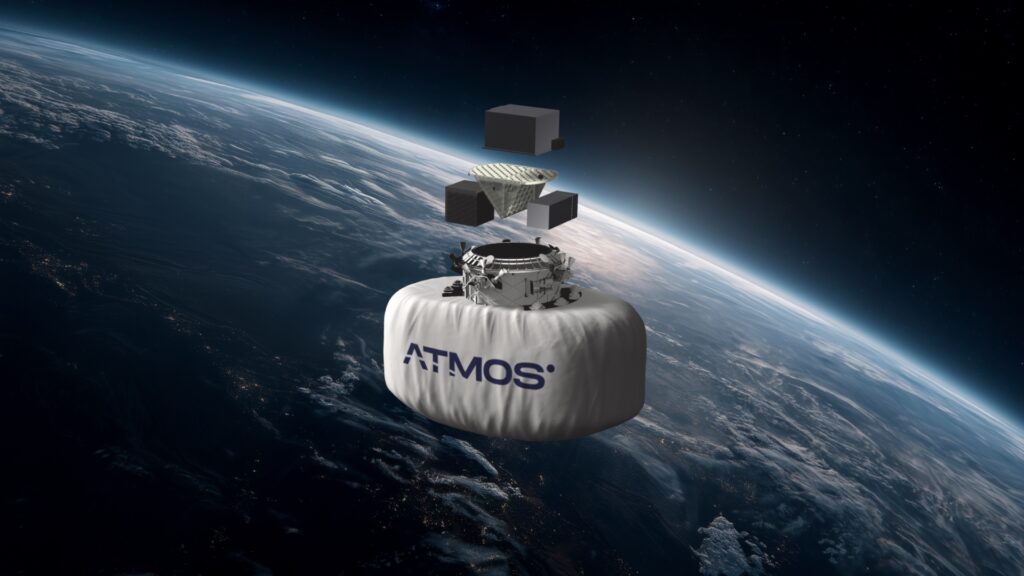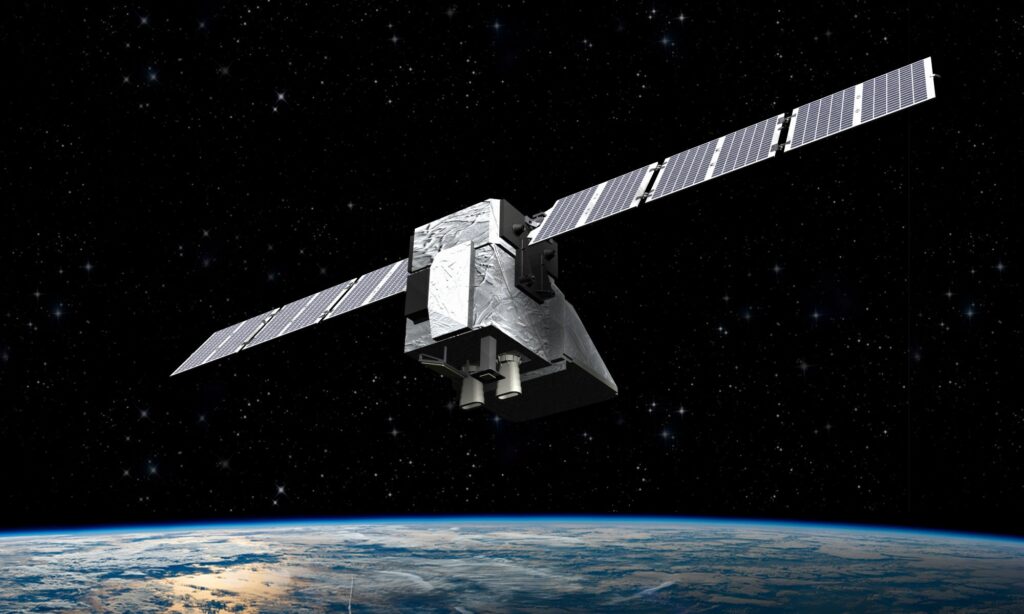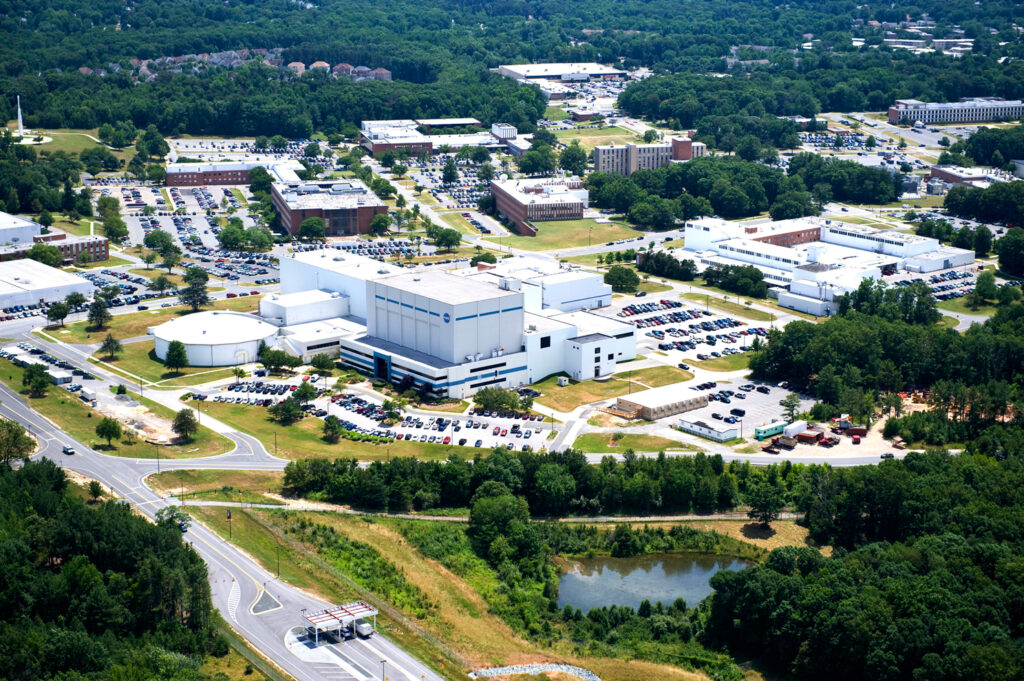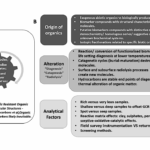Now Reading: The case for a southern launch corridor: Yuma’s role in the future of spaceflight
-
01
The case for a southern launch corridor: Yuma’s role in the future of spaceflight
The case for a southern launch corridor: Yuma’s role in the future of spaceflight


The dream of accessible space travel is inching closer to reality. As private companies push the boundaries of space tourism and orbital logistics, the need for strategically located and versatile spaceports is becoming increasingly critical. While established players like Cape Canaveral Space Force Station and Vandenberg Space Force Base hold significant sway, the future of spaceflight demands a more distributed infrastructure. This is where Yuma, Arizona, with its unique blend of geographic advantages, favorable weather and community support, emerges as a compelling location for a next-generation spaceport.
Yuma Spaceport, as envisioned by its proponents, isn’t just a pipe dream. It’s a pragmatic proposal rooted in sound reasoning and a genuine opportunity to propel Arizona and the nation into the forefront of the burgeoning space industry. A collaboration with regional and state stakeholders is pushing to establish the spaceport as a hub for suborbital launches and aerospace testing. Federal and state governments, alongside private investors, should support this initiative by providing necessary funding, regulatory approvals and public-private partnerships to ensure its success. Without such backing, Arizona risks falling behind in the race for dominance in the commercial and defense space sectors, ceding opportunities to other states and nations.
Private-sector aerospace companies should be brought in early as strategic partners, ensuring infrastructure aligns with industry needs. A phased roadmap should guide development, starting with land acquisition, environmental assessments and FAA licensing, followed by core infrastructure construction and future expansion into research and manufacturing capabilities. Simultaneously, stakeholder engagement is critical. Residents, officials, universities and the aerospace industry must collaborate to ensure community needs, workforce development and business interests are addressed.
Unparalleled geographic and climatic advantage
Yuma’s geographical location and consistently favorable weather conditions are arguably the most compelling arguments in its favor. Nestled in the southwestern corner of Arizona, Yuma boasts a vast, sparsely populated desert landscape, minimizing potential safety concerns and offering ample space for launch infrastructure and downrange tracking.
Crucially, Yuma, known as the Sunniest City in the Country, enjoys an exceptionally high percentage of clear days throughout the year. Arizona is renowned for its sunny skies, and Yuma takes that reputation to another level. This predictability in weather is paramount for launch operations, which are highly sensitive to wind, precipitation and cloud cover. Fewer launch delays due to weather translate directly into reduced operational costs and increased efficiency.
Furthermore, Yuma’s proximity to established military testing grounds, such as the U.S. Army Yuma Proving Ground, provides a built-in infrastructure of radar tracking, safety personnel and airspace management expertise. This existing framework can be leveraged to accelerate the development and operation of the spaceport, reducing startup costs and streamlining regulatory approvals.
Strategic location and access to key markets
Yuma’s location strategically serves a variety of burgeoning markets. It sits relatively close to major population centers in Southern California, Nevada and Arizona, providing convenient access for potential space tourists and customers of suborbital and orbital launch services.
Its proximity to the Pacific Ocean opens opportunities for equatorial or near-equatorial launches, which are often preferred for placing satellites into specific orbits due to the Earth’s rotational boost. This advantage could attract a significant portion of the growing satellite launch market.
Yuma’s location could serve as a key logistics hub for space-related industries. The spaceport could facilitate the transport of components and equipment for satellite manufacturing, space exploration and research, connecting the southwestern region to the national and international space economy.
Rocket and payload considerations
The primary target will be small-form rockets carrying satellite payloads, capitalizing on the growing demand for small satellite launches. The spaceport will specialize in lightweight orbital-class or suborbital-class rockets, which require more modest infrastructure compared to that for large vehicles like the SpaceX Falcon Heavy. This focus aligns with market trends, as the proliferation of small satellites continues to dominate space-sector growth. By carving out a niche in the small payload ecosystem, Yuma Spaceport can efficiently address the needs of satellite operators.
Due to the population density of nearby regions, launch trajectories from Yuma would be limited to southerly polar launches. This restriction ensures that rocket stages and debris fall harmlessly over open and sparsely inhabited areas, prioritizing safety. While this trajectory precludes equatorial launches that benefit from the Earth’s rotational speed, the demand for polar and sun-synchronous orbits is considerable, particularly for Earth observation and communication satellites. Yuma’s clear skies and reliable weather make it an excellent candidate for servicing this market. Ensuring clarity about this trajectory limitation is vital for managing expectations while emphasizing the strategic advantages of a southern launch corridor.
Economic benefits and job creation
The presence of a spaceport would also attract companies interested in conducting experiments in microgravity, developing new space technologies and studying the effects of spaceflight on the human body. This would contribute to the advancement of scientific knowledge and the development of innovative solutions for space exploration and beyond.
There would be an influx of highly skilled technical roles such as aerospace engineers, technicians, launch specialists and mission control personnel; and support staff such as security personnel, logistics coordinators, administrative staff and marketing professionals.
Beyond job creation, the spaceport would attract significant investment from private companies, government agencies and research institutions, injecting capital into the local economy and fostering innovation. The increased tourism resulting from space launches and related activities would further stimulate local businesses and generate revenue for the city and state.
Community support and a forward-thinking vision
Perhaps one of the most crucial elements for the success of any major project is community support. The Yuma Spaceport initiative has garnered significant backing from local officials, business leaders and residents who recognize the transformative potential of the project. This widespread support ensures a smooth path for regulatory approvals, land acquisition and infrastructure development.
“The Yuma Spaceport is the basis of a whole new economy for the future of the Yuma Region as well as a critical asset for our country,” Yuma Mayor Douglas Nicholls told me. “Yuma is excited to enter this critical infrastructure for this fast-growing industry of the future.”
The local community sees the spaceport as a catalyst for economic diversification, educational opportunities and technological advancement. It aligns with a broader vision for Yuma as a hub for innovation and a leader in the 21st century economy. This proactive and forward-thinking approach is essential for attracting investment and ensuring the long-term success of the spaceport.
Addressing potential concerns
While the benefits of a Yuma Spaceport are compelling, it is important to acknowledge and address potential concerns. These include environmental impact, noise pollution and potential safety hazards. However, these concerns can be mitigated through careful planning, advanced technologies and stringent safety regulations.
Environmental impact assessments can identify and minimize potential impacts. Noise reduction technologies can be implemented to minimize disturbance to surrounding communities. And robust safety protocols can be established to ensure the safety of personnel, residents and the environment.
Furthermore, engaging in open communication and transparency with the community is crucial for addressing concerns and building trust. By actively involving residents in the planning process, the spaceport can ensure that its development is aligned with the community’s values and priorities.
The future of space exploration and commercialization is taking off, and Yuma stands at the threshold of an extraordinary opportunity. A distributed network of spaceports will be vital to meet the surging demand for space services, and Yuma’s distinctive advantages make it an ideal hub for this progression. Policymakers, industry leaders and the community must act decisively to position Yuma as a cornerstone of the 21st-century space economy. By committing to the Yuma Spaceport initiative today, we can propel Yuma to the forefront of innovation, securing its legacy as a leader in space exploration and a driver of economic growth. The time is now: Let’s make Yuma a launchpad for the future.
Brent Page is known for delivering impactful communications that advance critical counterspace and special access capabilities. He is also the Western Region Vice President of the Space Force Association.
SpaceNews is committed to publishing our community’s diverse perspectives. Whether you’re an academic, executive, engineer or even just a concerned citizen of the cosmos, send your arguments and viewpoints to opinion@spacenews.com to be considered for publication online or in our next magazine. The perspectives shared in these opinion articles are solely those of the authors.
Stay Informed With the Latest & Most Important News
Previous Post
Next Post
-
 012024 in Review: Highlights from NASA in Silicon Valley
012024 in Review: Highlights from NASA in Silicon Valley -
 02Panasonic Leica Summilux DG 15mm f/1.7 ASPH review
02Panasonic Leica Summilux DG 15mm f/1.7 ASPH review -
 03How New NASA, India Earth Satellite NISAR Will See Earth
03How New NASA, India Earth Satellite NISAR Will See Earth -
 04And Thus Begins A New Year For Life On Earth
04And Thus Begins A New Year For Life On Earth -
 05Astronomy Activation Ambassadors: A New Era
05Astronomy Activation Ambassadors: A New Era -
06SpaceX launch surge helps set new global launch record in 2024
-
 07Space Force plans new ‘Futures Command’ amid pressure to speed up modernization
07Space Force plans new ‘Futures Command’ amid pressure to speed up modernization




















